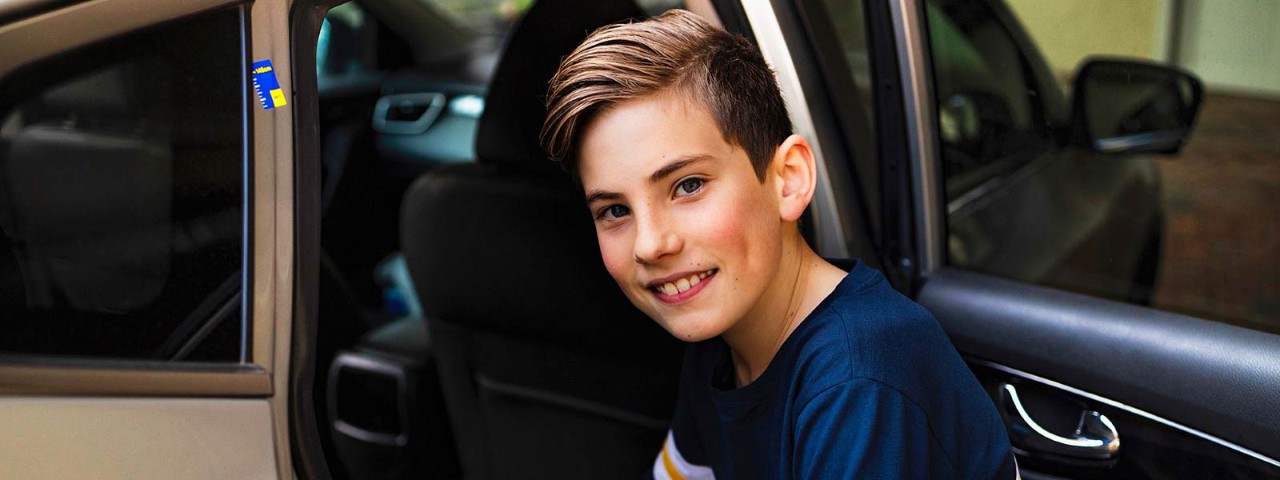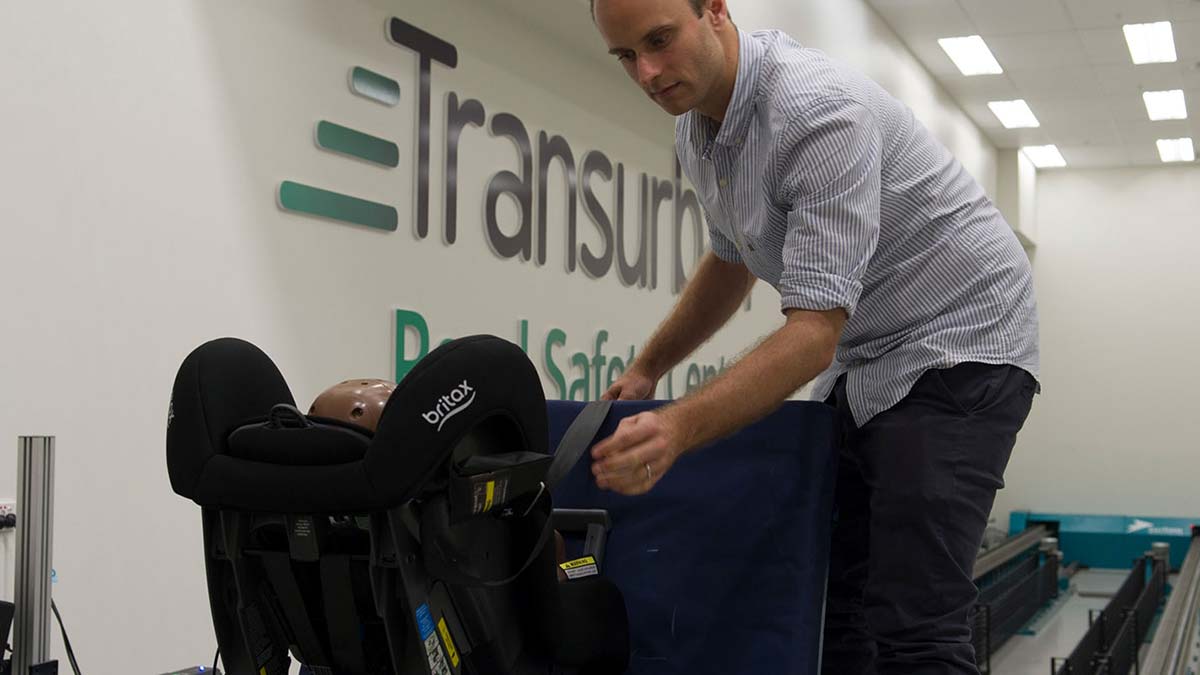By staying informed, having a bushfire survival plan, packing an emergency kit, and taking necessary precautions, you can help reduce the risk associated with bushfires.
Child car safety: What are the booster seat laws in Victoria?

Legally, children aged over seven can travel in an adult seatbelt or a booster seat, but National Health and Medical Research Council (NHMRC) guidelines recommend a minimum height of 145 centimetes to travel with a seatbelt; something of which just three per cent of parents are aware, according to the RCH resport.
RACV manager of safety and education Elvira Lazar says suitability to travel in a seatbelt needs to be determined by height, not age.
"Best-practice guidelines recommend that children should travel in booster seats until they are 145 centimetres tall, or about 12 years old," Elvira explains. "Given that less than two per cent of seven-year-olds are that height, parents need to reassess whether they are ready to move out of a booster seat.”
Moving children out of a booster seat too soon puts them at greater risk of head, neck, spinal and abdominal injuries in a crash, Elvira says.
If they don’t fit correctly in an adult seatbelt, they’ll need to stay in a booster seat.
“Children who move from a booster seat to an adult seatbelt too early are 3.5 times more likely to suffer serious injury in an accident, so it’s important to ensure your child is properly restrained and using the right restraint for their height, regardless of their age.”
The Royal Children's Hospital report also found that nearly half of children surveyed, aged between seven and 12, travel in the front seat of the car, despite being twice as likely as children in the back seat to be injured in a car crash.
A further two thirds are in forward-facing car seats by 18 months, even though safety recommendations state they should travel rearward-facing until at least two.
Elvira says a simple five-step test is the best way to determine if your child is ready to use an adult seatbelt.
“If they don’t fit correctly in an adult seatbelt, they’ll need to stay in a booster seat,” she says.
*By law, children need to travel in a suitable restraint and, for children aged seven to 16, that restraint can be a booster seat or seatbelt. It’s important to use the restraint that is suitable for the child’s height.

Moving your child too soon out of a booster seat could cause significant injury
Five-step test – Is your child ready to use a seatbelt?
- Does the child sit all the way back against the seat of the car?
- Do the child's knees bend comfortably at the edge of the seat?
- Does the belt cross the shoulder properly between the child’s neck and arm?
- Is the lap belt as low as possible and touching the child’s thighs?
- Can the child stay seated like this for the whole trip?


